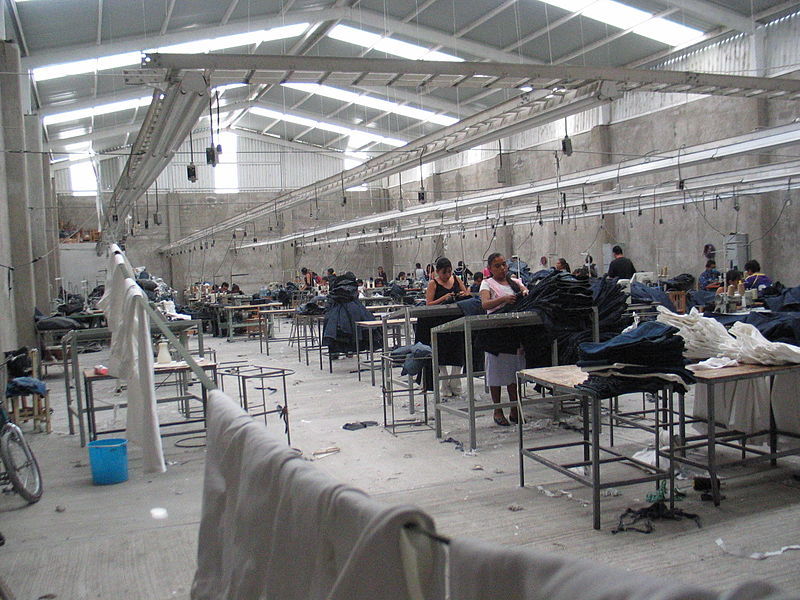Origins of the Anti-Sweatshop Movement
No business has symbolized the globalization of the world economy in the 21st century more than the garment industry. In an era of increasingly free and interconnected trade, many manufacturers have seen an opportunity to move to developing countries in an attempt to cut labor costs. Considering that these factories require very low capital investments, they find it cheaper to migrate to wherever labor costs are lowest and conditions are most favorable for factory owners.
As the publicity surrounding NAFTA and other free trade agreements highlighted the evils of sweatshop conditions that existed around the world, students began to take notice of their own involvement in the crisis. Tags on their U of M tee-shirts that might have read "Made in the USA" only a few years before now proclaimed "Made in Vietnam" or "Made in Indonesia." Workers in these countries did not benefit from strong worker protections and high wages that existed in the industrialized world, and a number of major scandals galvanized activists around the country to begin pressuring their elected officials and other institutions to combat these abuses. Students began forming their own chapters of United Students Against Sweatshops and similar organizations with the hopes of getting their universities to terminate contracts with apparel manufacturers that took advantage of their workers. University of Michigan students in particular took a leading role in the anti-sweatshop movement that became a major force in the industry for more than a decade.

